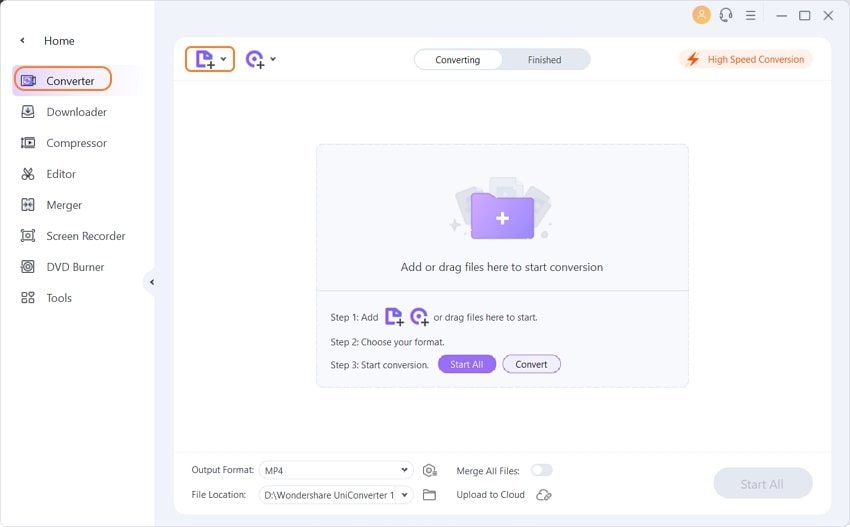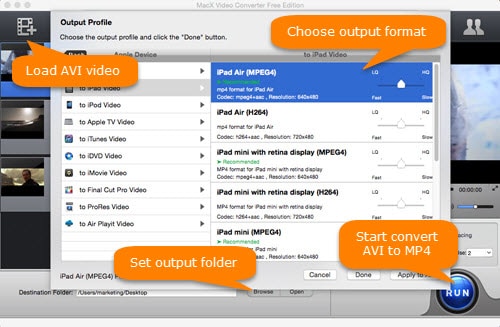

It’s a very powerful tool, but making the most use of it can be complicated for new users. It’s possible to use FFmpeg to remux content from the command line. Related Page: MKVToolnix GUI Documentation Using FFmpeg Make sure you are saving the file in the right place & Start Muxing.įor a Full and complete reference guide to MKVToolNix please see the included readme file when you installed the program or refer to the official documentation. Remember that an Undefined/Unknown will not default to English. However a “Forced” track will not override when subtitles are shown, only what track is used. “Forced” tracks always override Language Preference. If not set, then it will use tracks that are marked as Default and lastly the first track if no default is found. Plex Selects Audio & Subtitle Tracks first based on the Languages. These options are useful for both Audio and Subtitle Tracks. Plex will use the Language, Default and Forced Track attributes in selecting what to use and play if there is more than one that can be used. Open the MKVToolNix application (it may show up as an “mkvmerge” executable on some operating systems): Other: Official MKVToolNix download page.The MKVToolNix program lets you create MKV files from various media streams. In most cases, you can use a tool such as MKVToolNix with a GUI frontend to make things easier. Remuxing differs from Transcoding in that remuxing a file simply repackages the existing streams while transcoding actually creates new ones from a source. It also allows adding or removing of content streams as needed. For example from MP4 to MKV or from AVI to MKV.

Remuxing, in our context, refers to the process of changing the “container” format used for a given file.


 0 kommentar(er)
0 kommentar(er)
